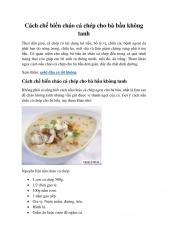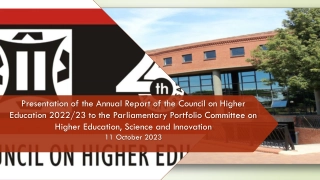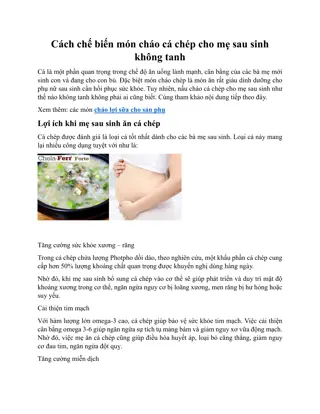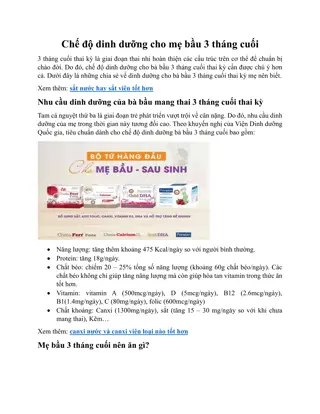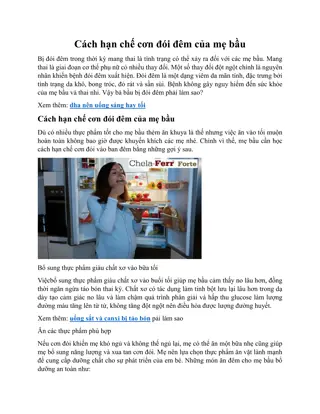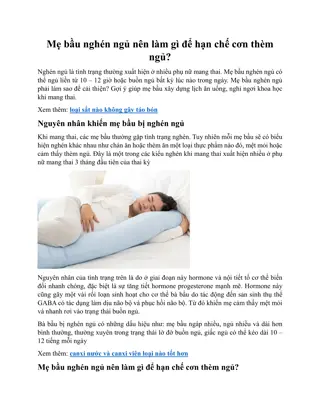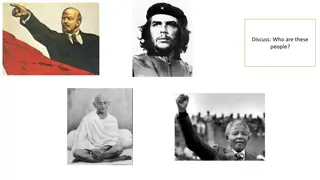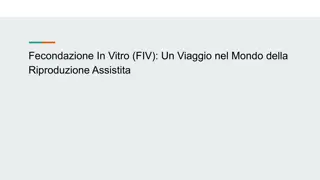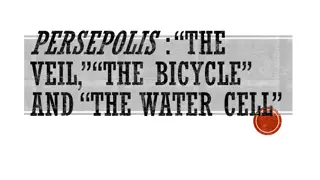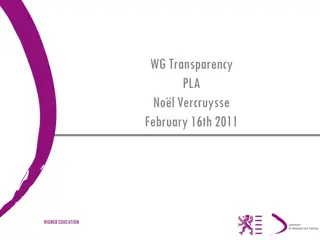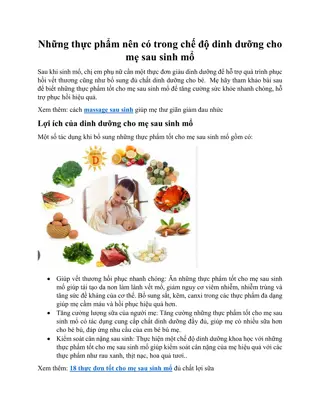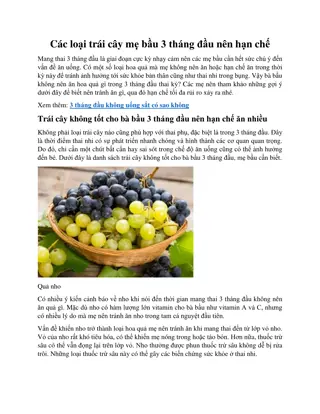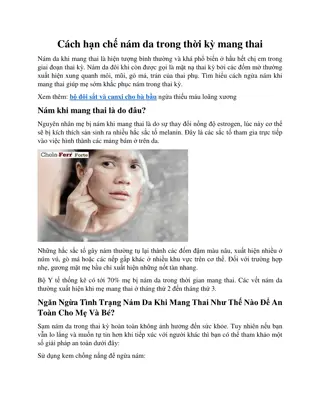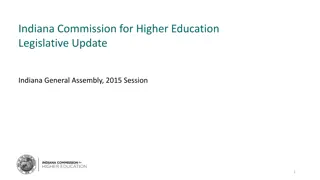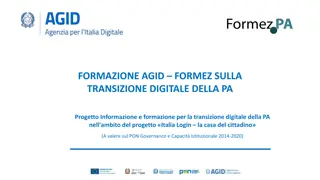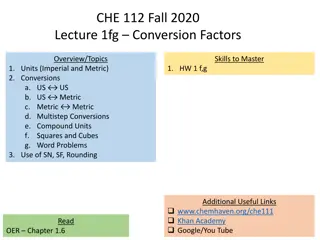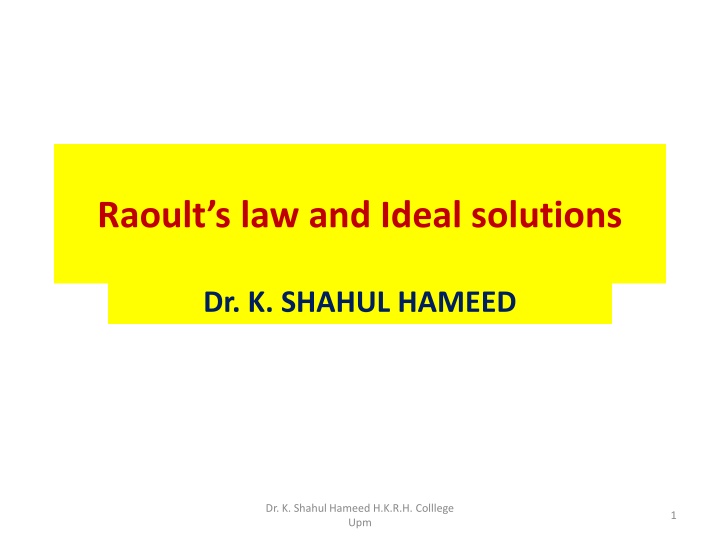
Raoult's Law and Ideal Solutions in Chemistry
Explore the concepts of Raoult's Law and ideal solutions in chemistry with Dr. K. Shahul Hameed from H.K.R.H. College, UPM. Learn about the relationship between vapor pressure, mole fractions, and ideal solutions, along with examples of ideal solution pairs. Discover the conditions for ideal solutions and the significance of vapor pressure composition curves for ideal solutions.
Download Presentation

Please find below an Image/Link to download the presentation.
The content on the website is provided AS IS for your information and personal use only. It may not be sold, licensed, or shared on other websites without obtaining consent from the author. If you encounter any issues during the download, it is possible that the publisher has removed the file from their server.
You are allowed to download the files provided on this website for personal or commercial use, subject to the condition that they are used lawfully. All files are the property of their respective owners.
The content on the website is provided AS IS for your information and personal use only. It may not be sold, licensed, or shared on other websites without obtaining consent from the author.
E N D
Presentation Transcript
Raoults law and Ideal solutions Dr. K. SHAHUL HAMEED Dr. K. Shahul Hameed H.K.R.H. Colllege Upm 1
Raoults law The partial pressure of any volatile component of a solution at any temperature is equal to the vapour pressure of the pure component multiplied by the mole fraction of that component in the solution. Dr. K. Shahul Hameed H.K.R.H. Colllege Upm 2
Suppose a binary solution is made up of nA moles of volatile liquid A and nB moles of volatile liquid B. If pA and pB are the partial pressures of the two liquid components, then according to Raoult s law Dr. K. Shahul Hameed H.K.R.H. Colllege Upm 3
Where xA is the mole fraction of A and xB is the mole fraction of B and are the vapour pressures of pure components A and B respectively. According to Dalton s law of partial pressures, the total vapour pressure P is given by In general Raoult s law may be expressed as Dr. K. Shahul Hameed H.K.R.H. Colllege Upm 4
Ideal solution An ideal solution may be defined as the solution which obeys Raoult s law over the entire range of concentration and temperature and during the formation of which no change in enthalpy and no change in volume takes place. Dr. K. Shahul Hameed H.K.R.H. Colllege Upm 5
So for ideal solutions the conditions are, (i) It should obey Raoult s law, i.e. (ii) Hmixing = 0 (iii) Vmixing = 0 Dr. K. Shahul Hameed H.K.R.H. Colllege Upm 6
Ideal solutions For example, solutions of following pairs almost behave as ideal solutions n-Heptane and n-hexane; Chlorobenzene and bromobenzene; Benzene and toluene; Ethyl bromide and ethyl iodide; Ethylene bromide and ethylene chloride; Carbon tetrachloride and silicon tetrachloride. Dr. K. Shahul Hameed H.K.R.H. Colllege Upm 7
The vapour pressure composition curve for ideal solution Dr. K. Shahul Hameed H.K.R.H. Colllege Upm 8
The boiling point composition curve for ideal solution Dr. K. Shahul Hameed H.K.R.H. Colllege Upm 9

